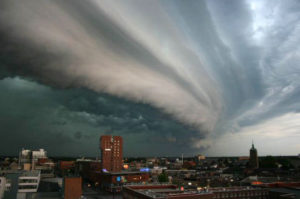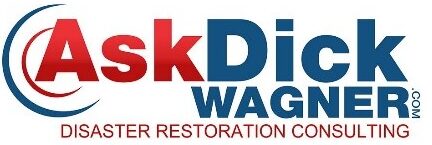 By Scott M. Haskins, the guest author:
By Scott M. Haskins, the guest author:
As I have reported, after my participation in the National Hurricane Conference in Orlando, US hurricane experts/scholars and U.S. forecasters have predicted an active Atlantic hurricane season. Insurers and insured are bracing.
And, obviously, what happens in Iceland doesn’t stay in Iceland. Often disasters affect a widespread geographical area… or there is a “domino effect.”
Munich Re, the world’s largest reinsurer, has said losses from natural catastrophes caused by climate change — including the long-term trend toward severe flooding — will rise in the near future. North Dakota, South Dakota, Minnesota, and Iowa are among U.S. states expecting “potentially historic flooding” in coming weeks, government forecasters said today.
“Natural disasters may cost insurers as much as $110 billion worldwide in 2010, five times more than last year when the US escaped hurricane damage”, said Swiss Reinsurance Co.
A 500 percent increase in losses is significant. But this is only 1/3 of the story: In addition to these projections, there will be billions in uninsured losses.
Costs for Natural Disasters
It’s tragic that where economics permit, not all consider insurance a form of emergency preparedness. There is always a significant part of the population in the area of the disaster that is insured. In other regions like Haiti and China, most losses are not insured at all. Include disasters that are a result of terrorism and all the forms of business interruption that are not covered and the total 2010 economic impact could exceed $1 trillion. But this is only the second 1/3 of the story…
The true tragic story lies in the individual circumstances of business that will never recover, lives that will be ruined and millions of employees’ families thrown into unemployment and chaos. The disaster is not expressed properly in statistics.
Insurance only addresses some economic impacts after the fact. Lost revenues and customers will never be recovered if the doors don’t reopen. So, where are you exposed? And how do you know that you have covered your exposure?
This is where the last 1/3 of the story comes into play, but they never tell you about the impact of this part… You can’t insure everything that’s valuable! I’ll bet you haven’t thought about protecting these essential parts of your company. What about:
- Intellectual and creative property
- Drawings and submittals
- Awards, gifts, and visuals that make up the corporate culture
- Historical records, photos, memorabilia
- Emotionally charged items
Many times, these essential items to a business’s survival cannot be covered by insurance. But you can “be covered.” Even if a business is underinsured or noninsured, something can be done to prepare to mitigate the losses. Something can be done to ensure survival even if you are at ground zero.
Here’s how you get started: An assessment of these needs. Then actionable, tested plans are the best way to ensure that your business survives. Does everyone in your company understand their role in your plan? Have you tested it?
Scott M. Haskins, author of How To Save Your Stuff From A Disaster
Dick Wagner: Nationally recognized restoration sales coach, speaker, and consultant. 419-202-6745
